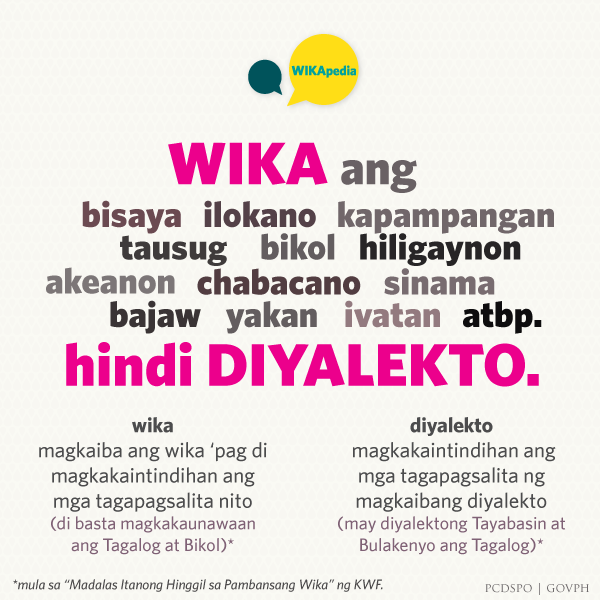
but as of now, the distinction between the two is still debatable.įrom a linguistic perspective, Javier said that a simple way to answer the question is with another question: "Nagkakaintindihan ba 'yong nagpapakilalang Tagalog 'yong sinasalita at 'yong isang nagpapakilalang Filipino 'yong sinasalita?" This could happen after two or three generations. In a separate interview, GMA News asked the same question to Jem Javier, Assistant Professor from the Department of Linguistics in the University of the Philippines - Diliman.Īccording to Javier, a number of linguists are still waiting for the difference between Tagalog and Filipino to be more clear. As an example, he cited "Lungsod" and "Katarungan," two words that are actually of Cebuano origin.

However, he argued that Filipino is broader than Tagalog. "Pinagbatayan ng pagkakaroon natin ng wikang pambansa na Filipino ang tawag ngayon 'yong Tagalog." Kris Tetay and the GMA News and Public Affairs team consulted with Roy Rene Cagalingan, spokesperson for the Commission on the Filipino Language, to better understand the issue.Ĭagalingan admitted that the two share the same roots. This raises the question: How is Filipino different from Tagalog? Are they actually the same? If you speak Tagalog, you're pretty much set. It's a celebration of the Filipino language - meant to include all the 180 languages in the Philippines - but it seems like people who speak Tagalog have an upper hand.Ī person who grew up speaking Waray has to acquire an entirely new lexicon. Is that sentence in Tagalog? Or is it Filipino?Įach year that we celebrate the National Language month, a new set of students are encouraged to become Francisco Balagtas and oratorical pieces are recited.


 0 kommentar(er)
0 kommentar(er)
